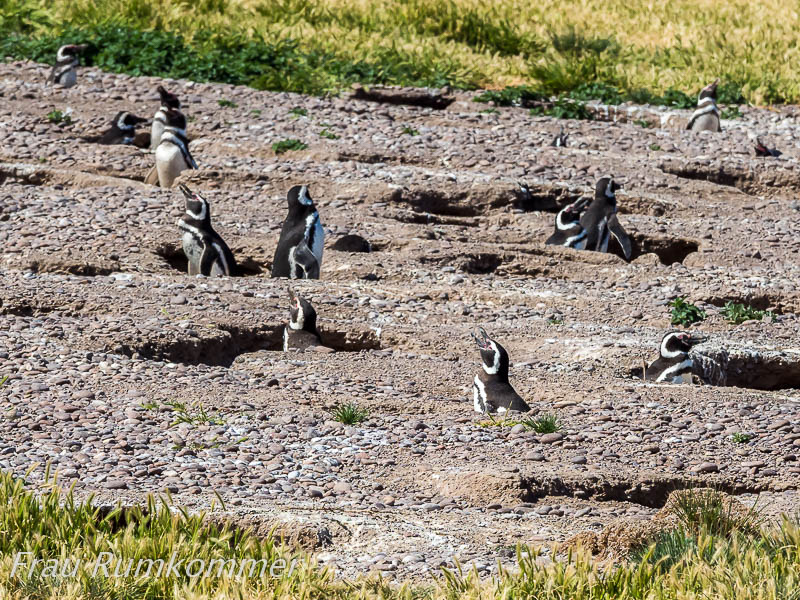
Camarones ist unsere Basis für einen Ausflug zum Cabo Dos Bahias (Kap Zwei Buchten). Hier ist die zweitgrößte Festlandkolonie von Magellan-Pinguinen mit ca. 30.000 der Vögel. Ein etwa 400 m langer Steg aus Gitterblech führt am Rand der Kolonie entlang und zum Teil hindurch. Die ersten Tiere, die wir hier sehen, sind Guanakos. Sie genießen offenbar das hohe Gras, das in einem Bereich der Kolonie wuchert. Das gesamte Areal mit Bruthöhlen ist unüberschaubar. Viele sind einige hundert Meter vom Meer entfernt. Posiert wird hier nicht, wie wir es auf der Halbinsel Valdés gesehen haben. Viele Pinguine hecheln offenbar, wegen der Hitze. Ein Großteil von ihnen brütet ein oder zwei Eier aus. Andere sind unterwegs zum Meer oder zurück. Einige haben ihr Nest direkt unter dem Steg gebaut. Dort sind sie vermutlich sicher vor den Raubmöwen. Die machen zum Schrecken der Wissenschaftler vor Ort reiche Beute in unbewachten Nestern.
Penguin colony
Camarones is our base for a trip to Cabo Dos Bahias (Cape Two Bays). Here is the second largest mainland colony of Magellan penguins with about 30,000 of the birds. A 400-metre-long footbridge made of sheet metal runs along the edge of the colony and partly through it. The first animals we see here are guanacos. They obviously enjoy the tall grass that grows in one area of the colony. The entire area with breeding burrows is unmanageable. Many are a few hundred metres from the sea. There is no posing here, as we saw on the Valdés Peninsula. Many penguins are obviously panting because of the heat. A large number of them are hatching one or two eggs. Others are on their way to the sea or back. Some have built their nest directly under the footbridge. There they are probably safe from the skuas. To the horror of the scientists on site, they make rich prey in unguarded nests.
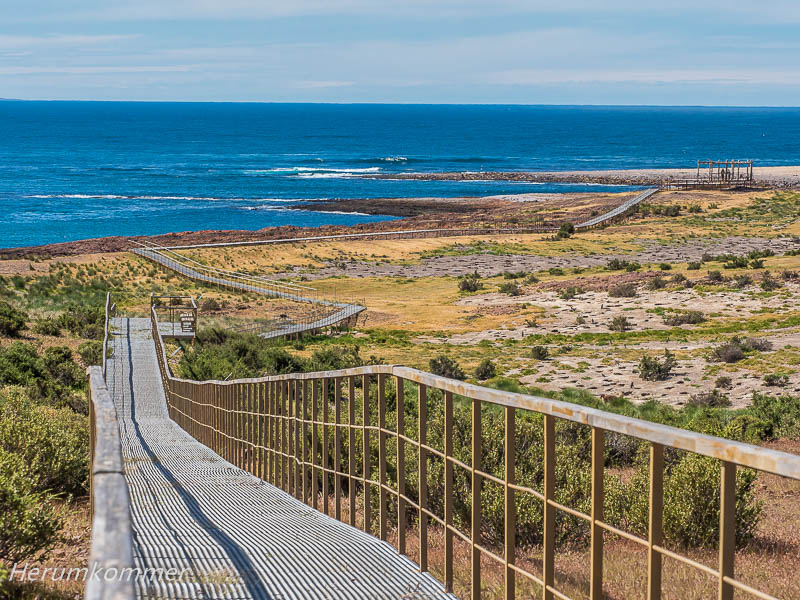
.
.

.
.
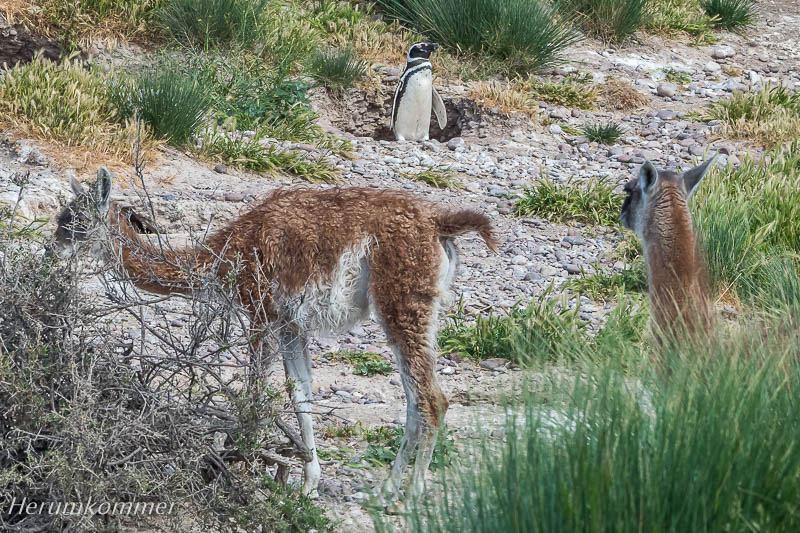
.
.
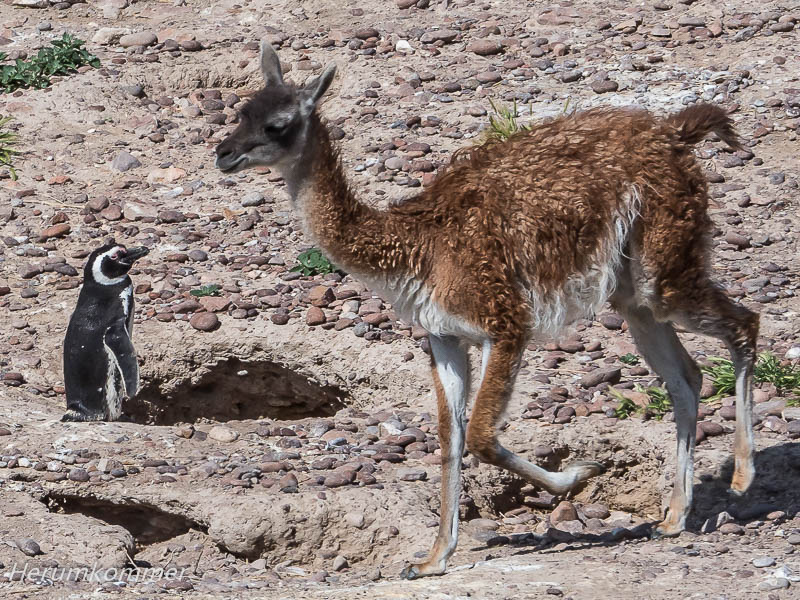
.
.
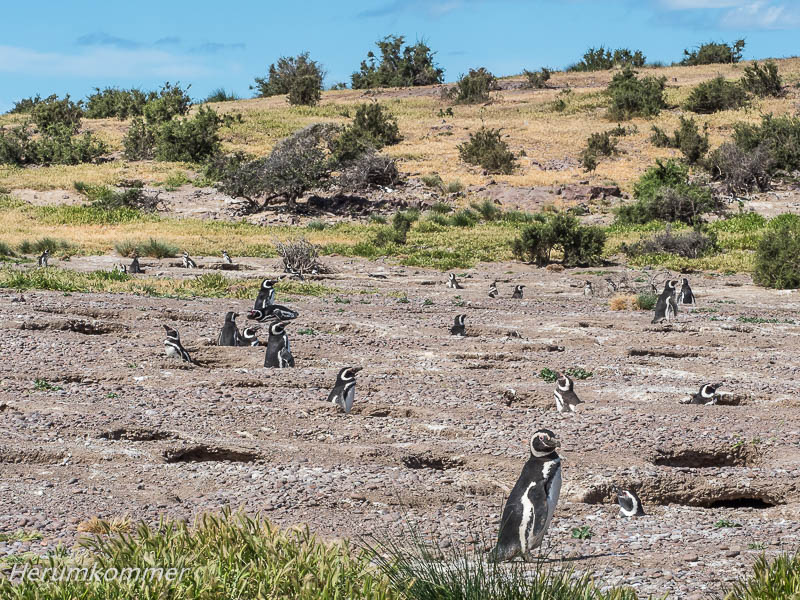
.
.
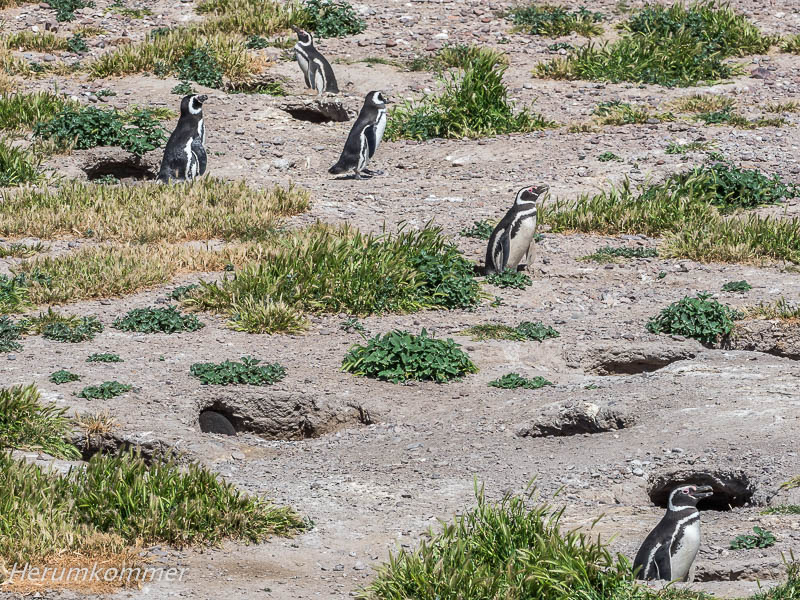
.
.
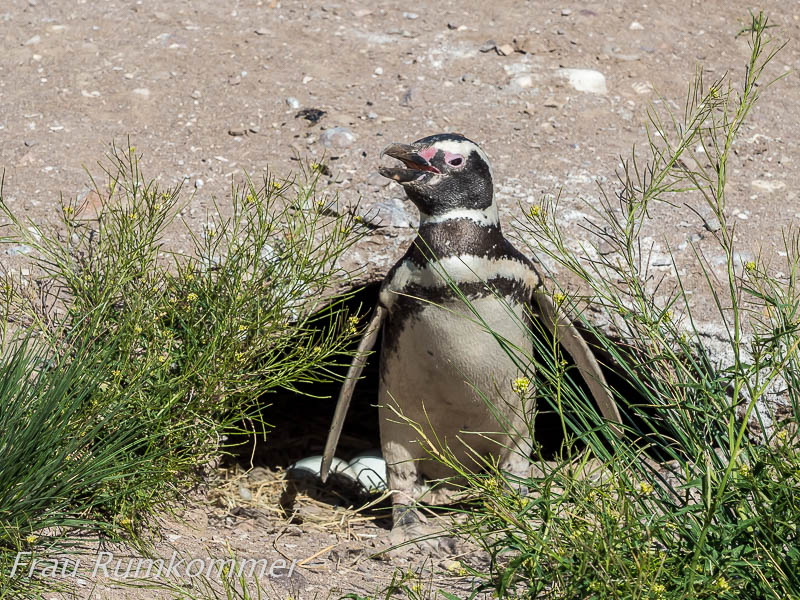
.
.
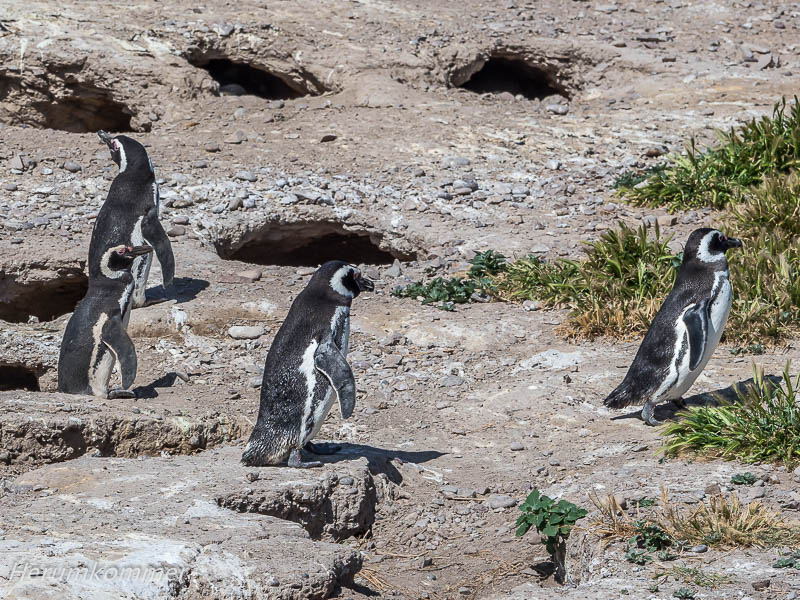
.
.
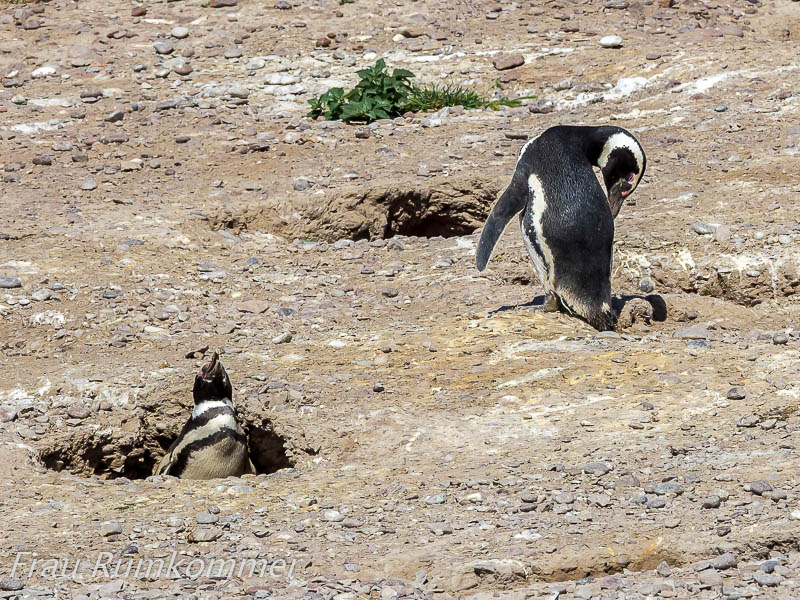
.
.
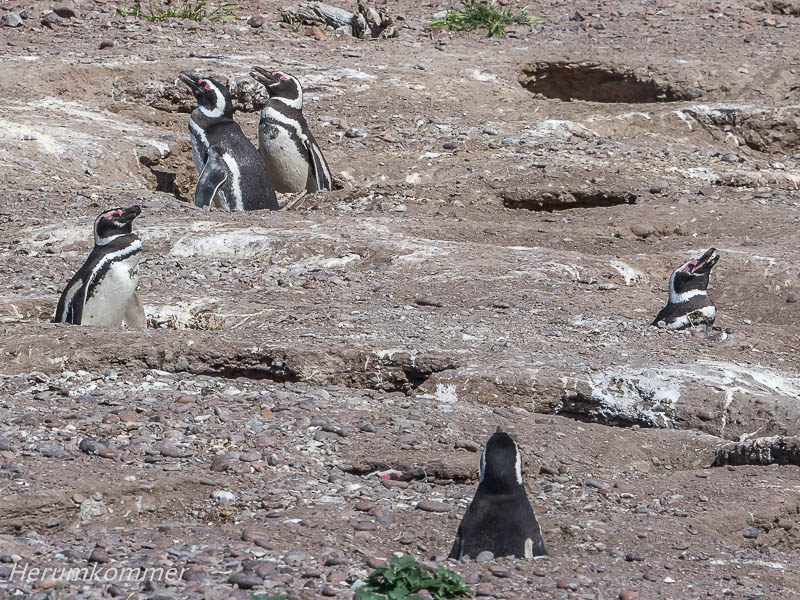
.
.
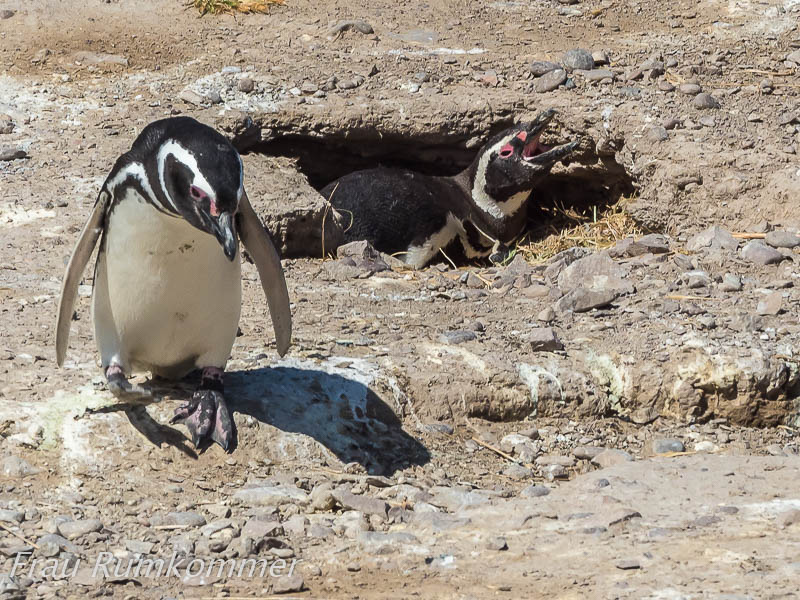
.
.
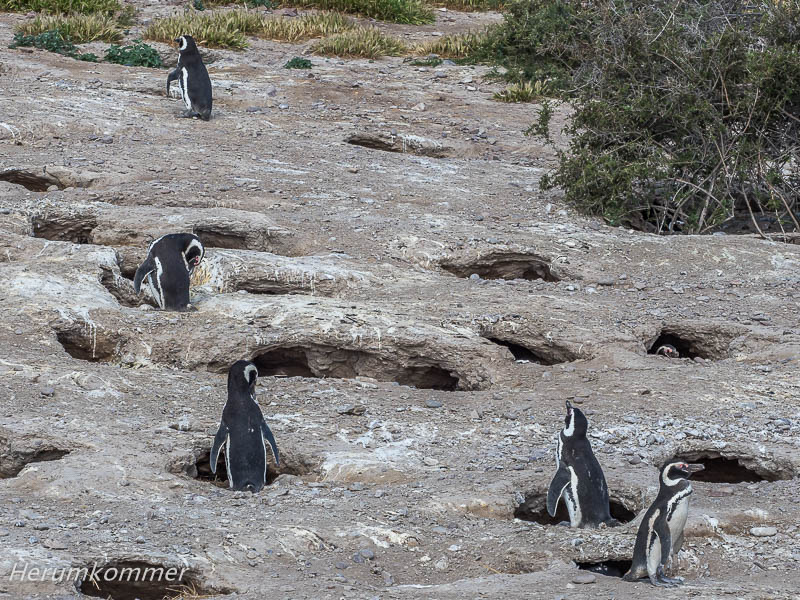
.
.
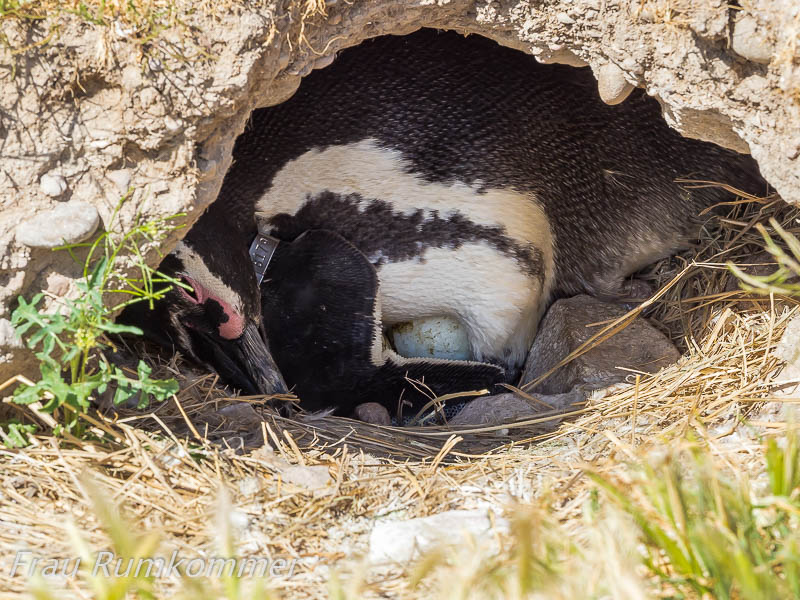
.
.
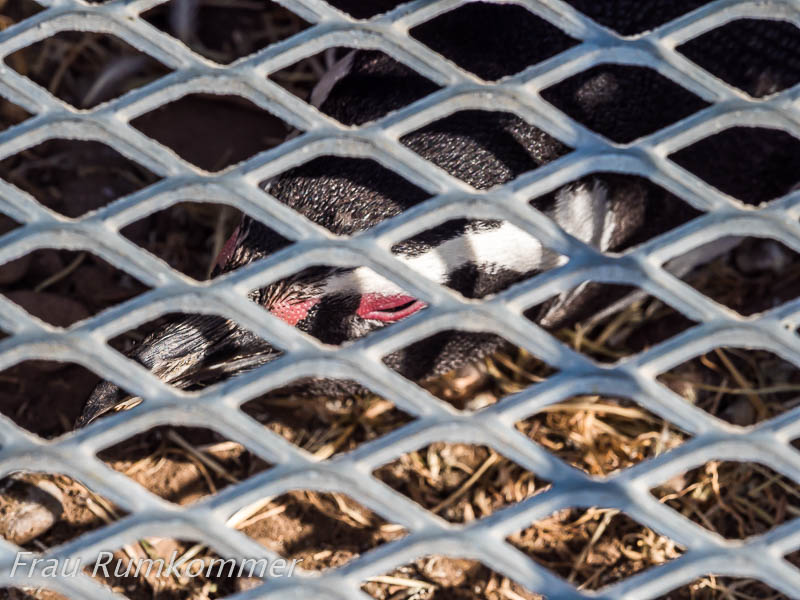
.
.
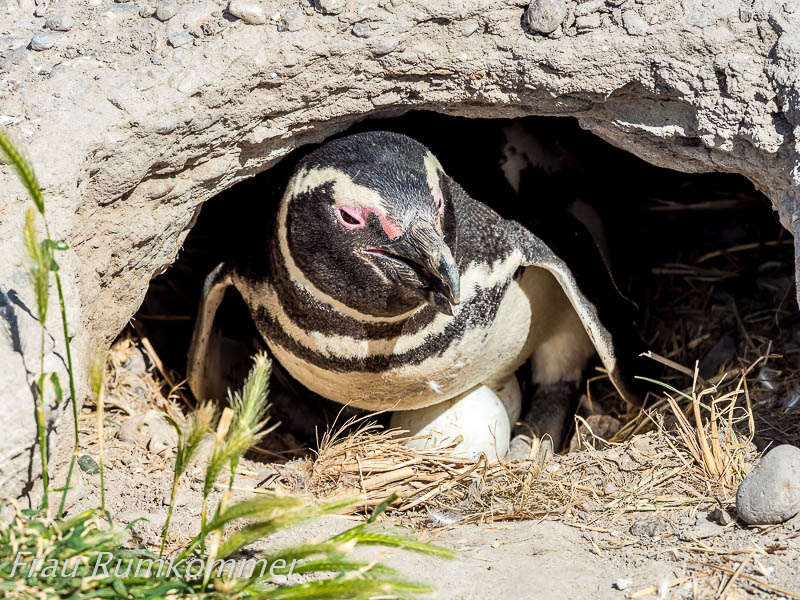
.
.
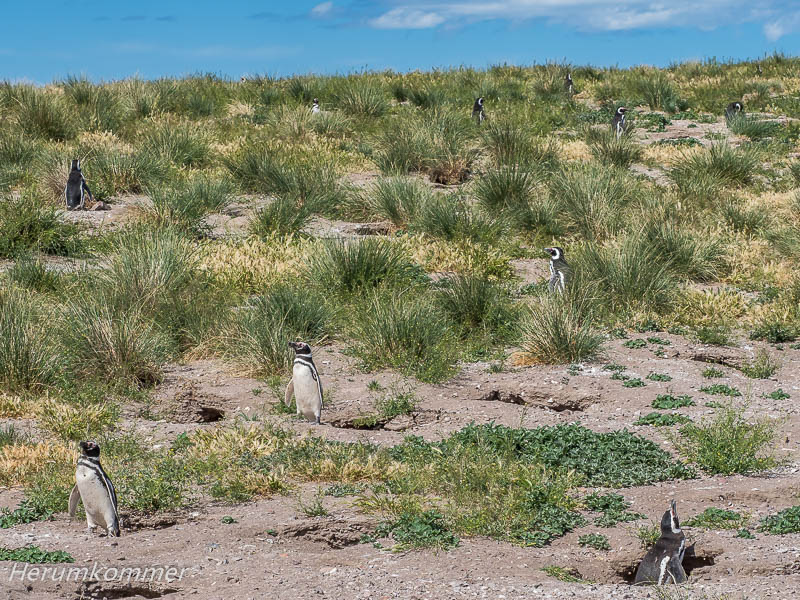
.
.
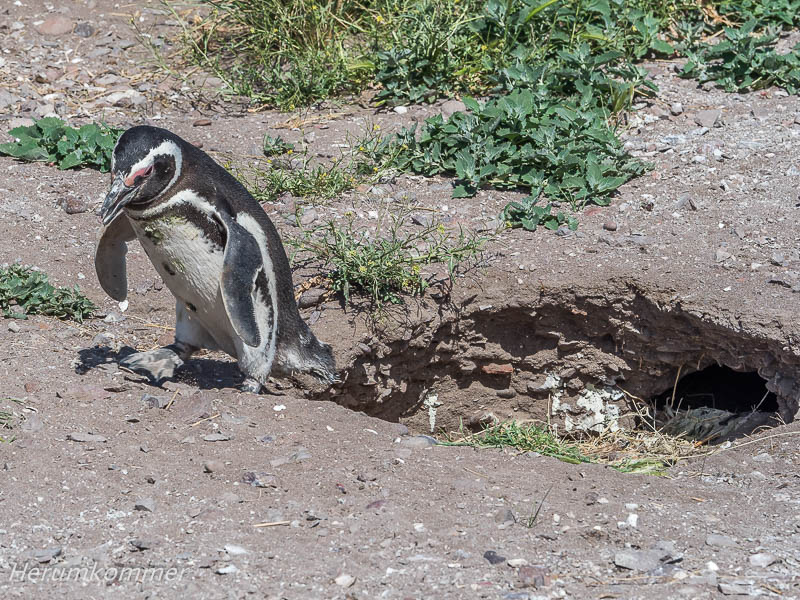
.
.
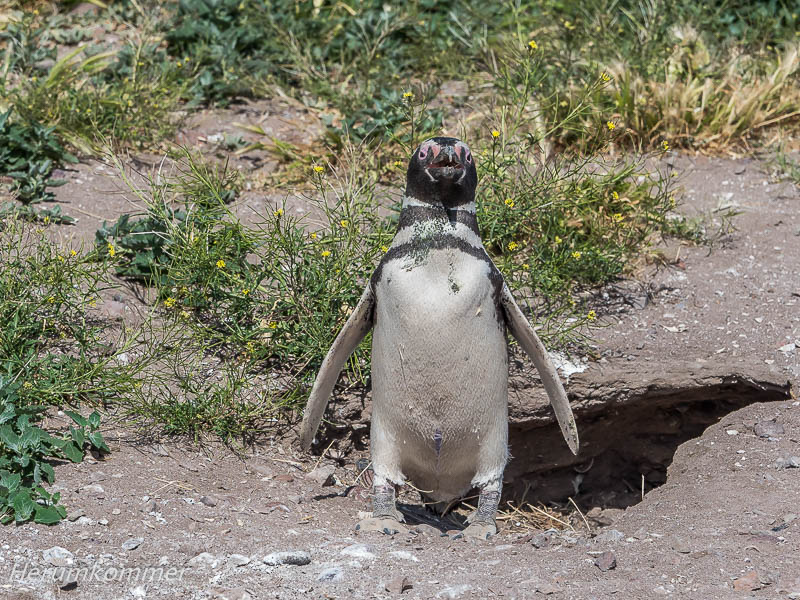
.
.
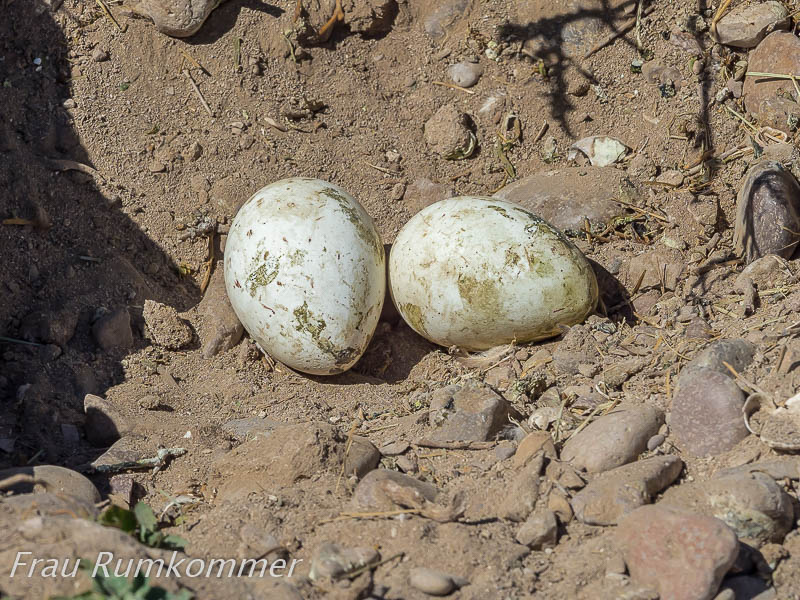
.
.
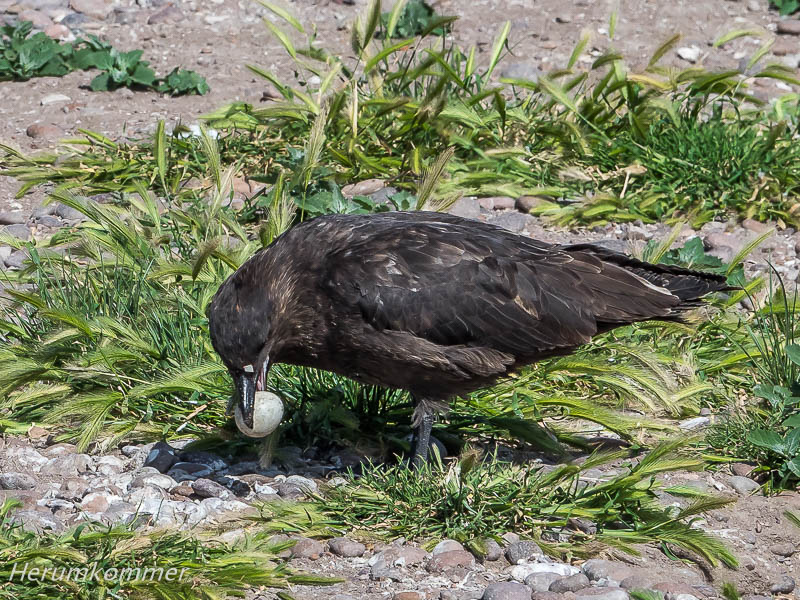
.
.
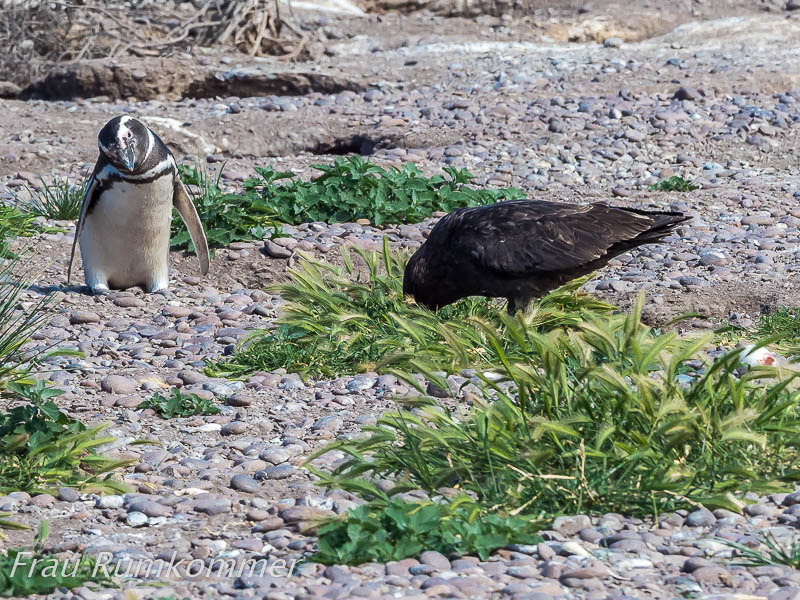
.
.
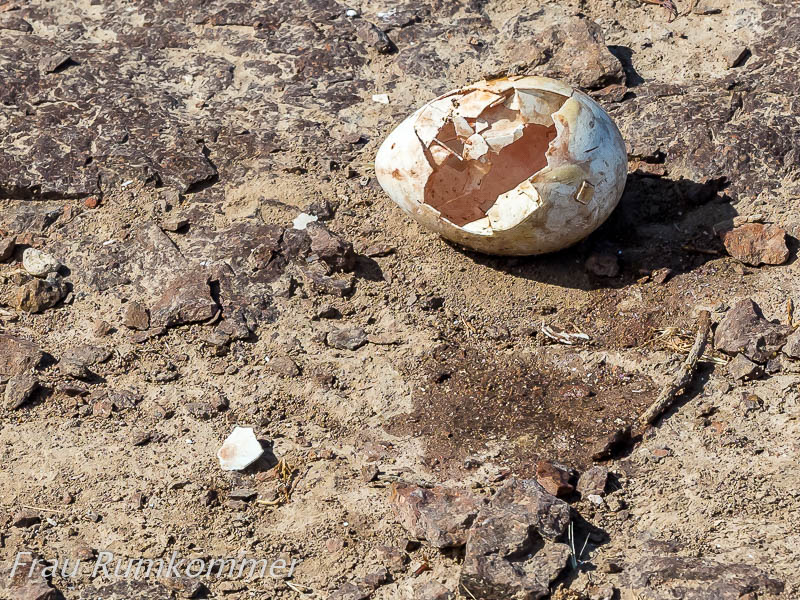
.
.
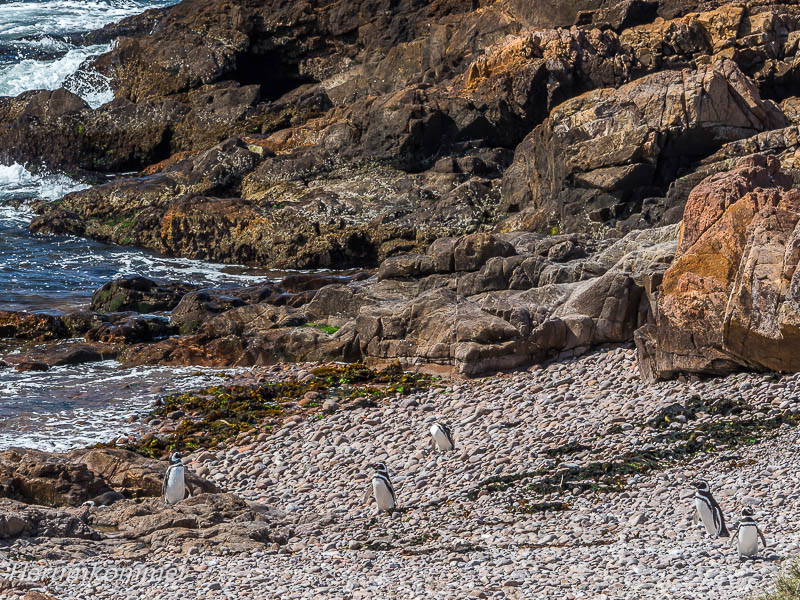
.
.

.
.
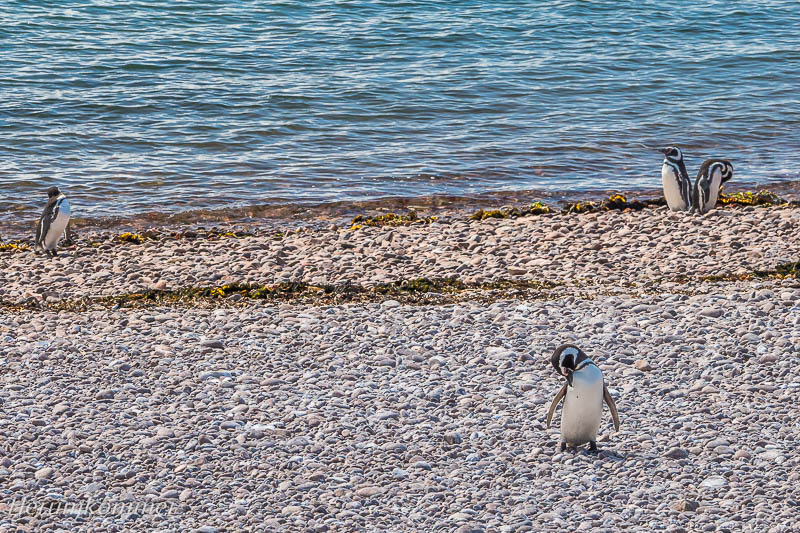
.
.
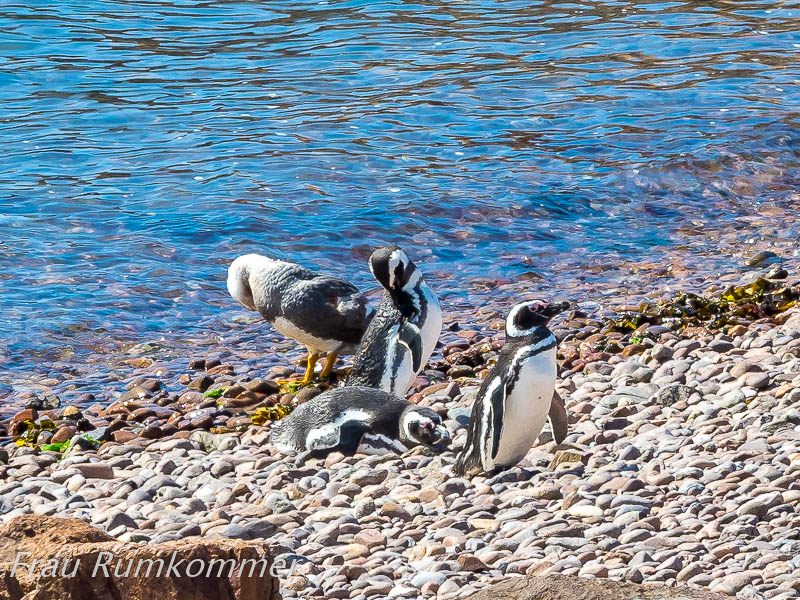
.
.
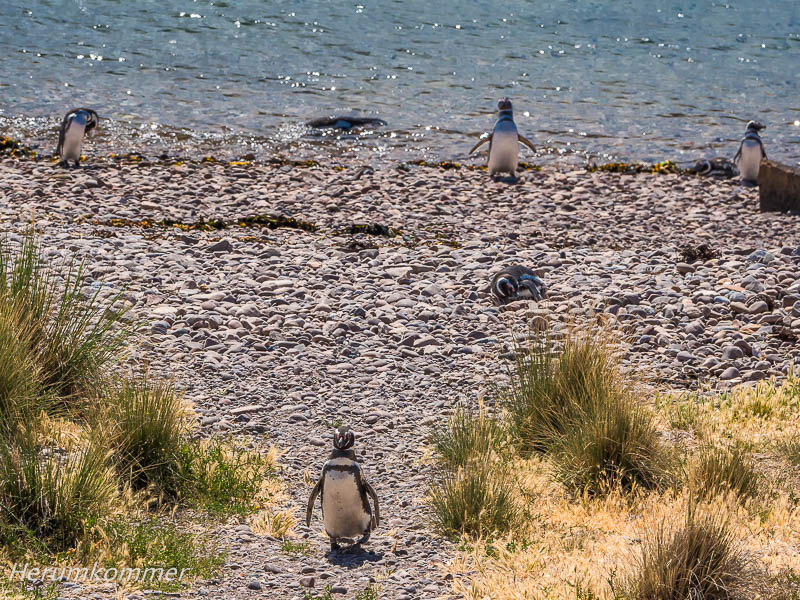
.
.
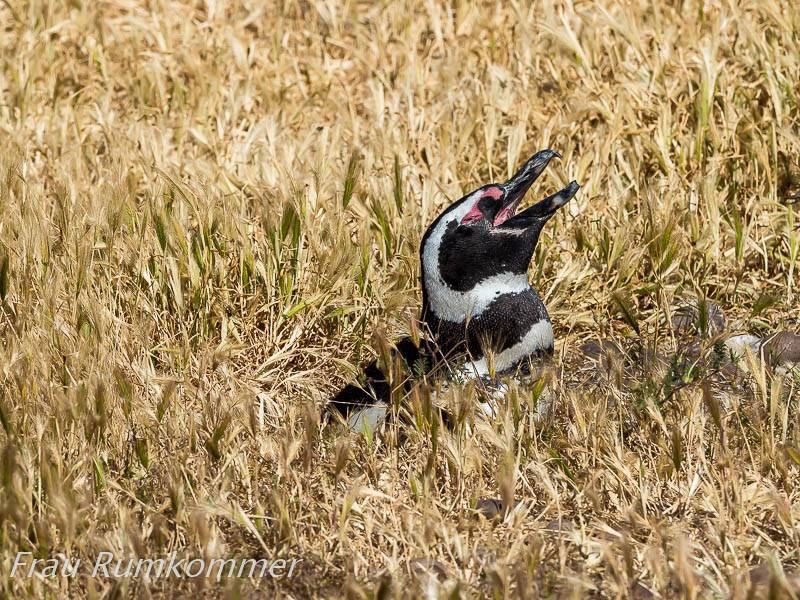
.
.
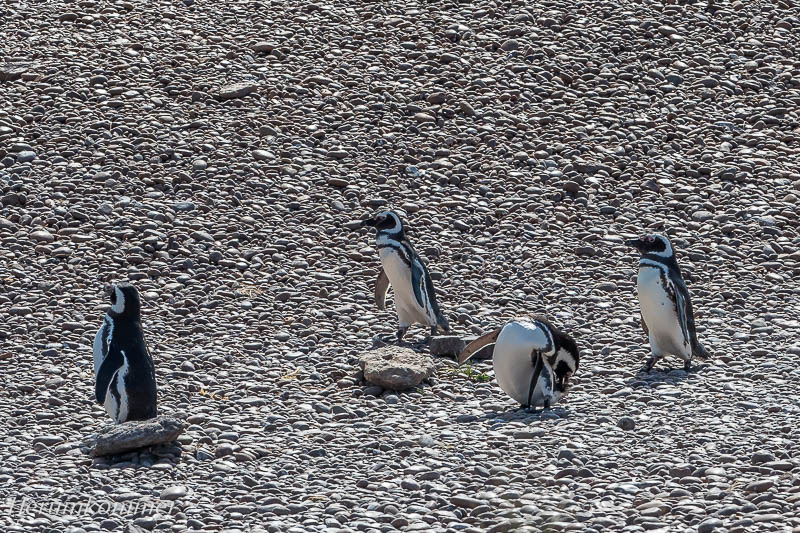
.
.
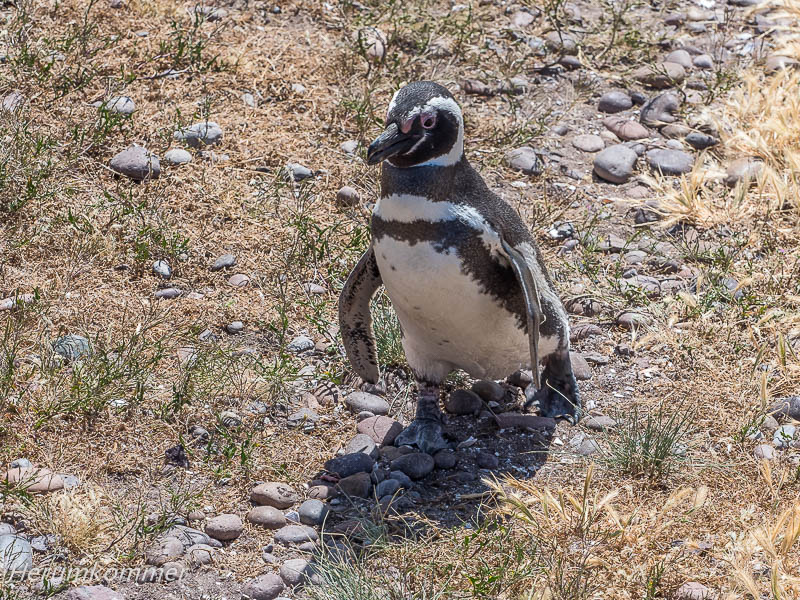
.
.
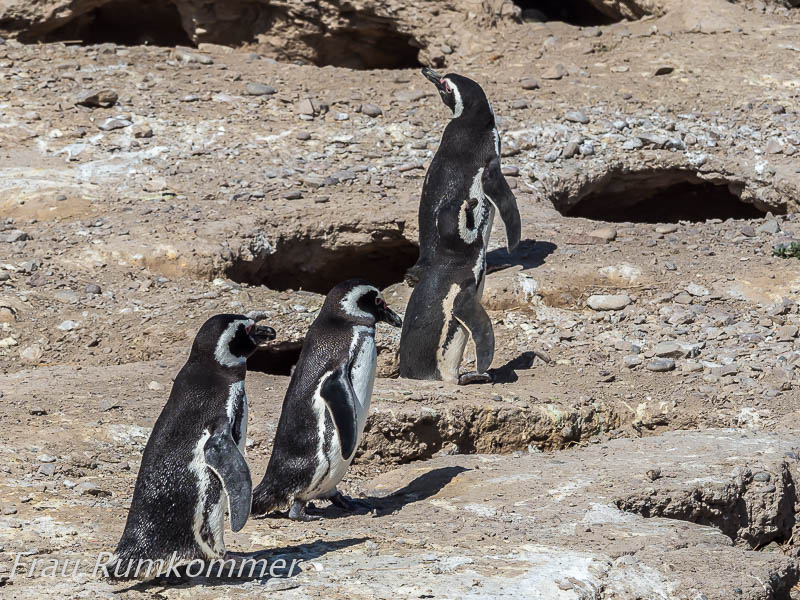
.
.
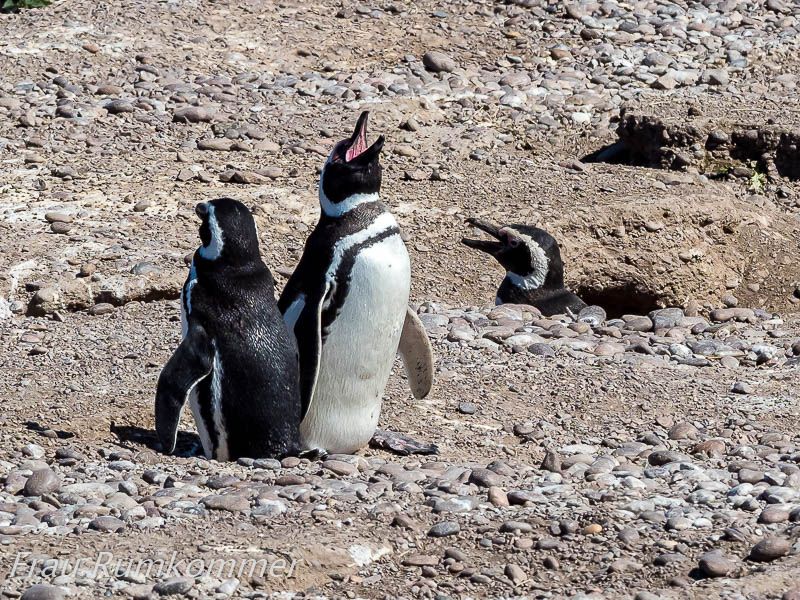
.
Sehr schöne Bilder
Uns war es ein großes Vergnügen, diese schönen Bilder „einzufangen“.